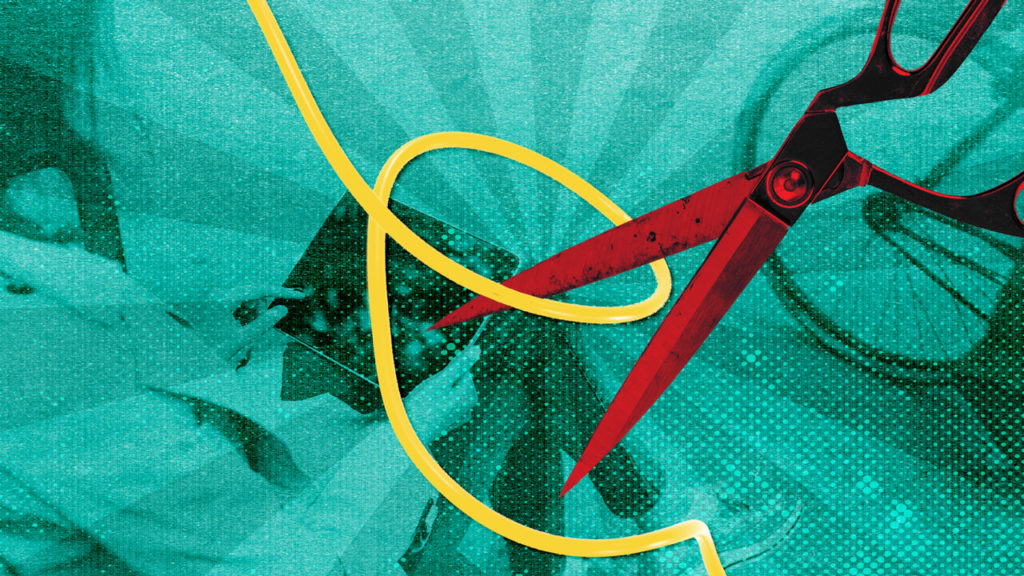The number of cord-cutting households continues its upward climb in the US and may soon match—then overtake—households with traditional paid-TV subscriptions, eMarketer predicts. If the analyst firm is correct, nearly 25 percent of households in the US will drop traditional TV by 2022.
According to the latest pay-TV forecast from eMarketer, cord-cutting households will jump 19.2 percent in 2019 to 40.2 million this year, while pay-TV households drop 4.2 percent to 86.5 million. Satellite providers will see the largest decline in subscriptions this year, eMarketer predicts, dropping 7.1 percent.
US consumers are not only subscribing to fewer traditional pay-TV but watching less of it when they do. EMarketer cited its April 2019 forecast in which US TV time would drop three percent in 2019 to an average of three hours and 40 minutes. While this decline is felt across all age groups, it is especially true among viewers 17 and younger, who will watch an estimated 10 percent less traditional TV this year.
Viewer losses to traditional TV providers may be a self-perpetuating problem, according to eMarketer forecasting analyst Eric Haggstrom.
“As viewing time and the number of TV households drop, networks will have to sell ads at higher prices to account for lost viewership,” Haggstrom said. This, combined with rising programming costs, are making it more difficult for cable, satellite and telco providers to turn a profit on subscriptions, he explained.
“It seems that they are willing to lose customers rather than retain them with unprofitable deals,” said Haggstrom, noting that consumers are forced to pay higher prices for internet in order to raise profit margins.
Subscribers often drop services when prices rise and promotional deals don’t get renewed, and thus the cycle begins again.
Several traditional TV providers have responded by offering their own OTT programming including Disney, ESPN, HBO, Showtime and STARZ, but price point may still cause hurdles for consumers looking for the best deal.
A March 2019 report by Hub Research found that 36 percent of respondents would drop an existing OTT service before subscribing to another one and 24 percent said they already had “too many.”
EMarketer’s observations are aligned with a 2018 study by Magid, which found that eight percent of pay-TV subscribers were “extremely likely” to cancel and not get another one in the subsequent 12 months. By comparison, this number was six percent in 2017 and 5.7 percent in 2016.

